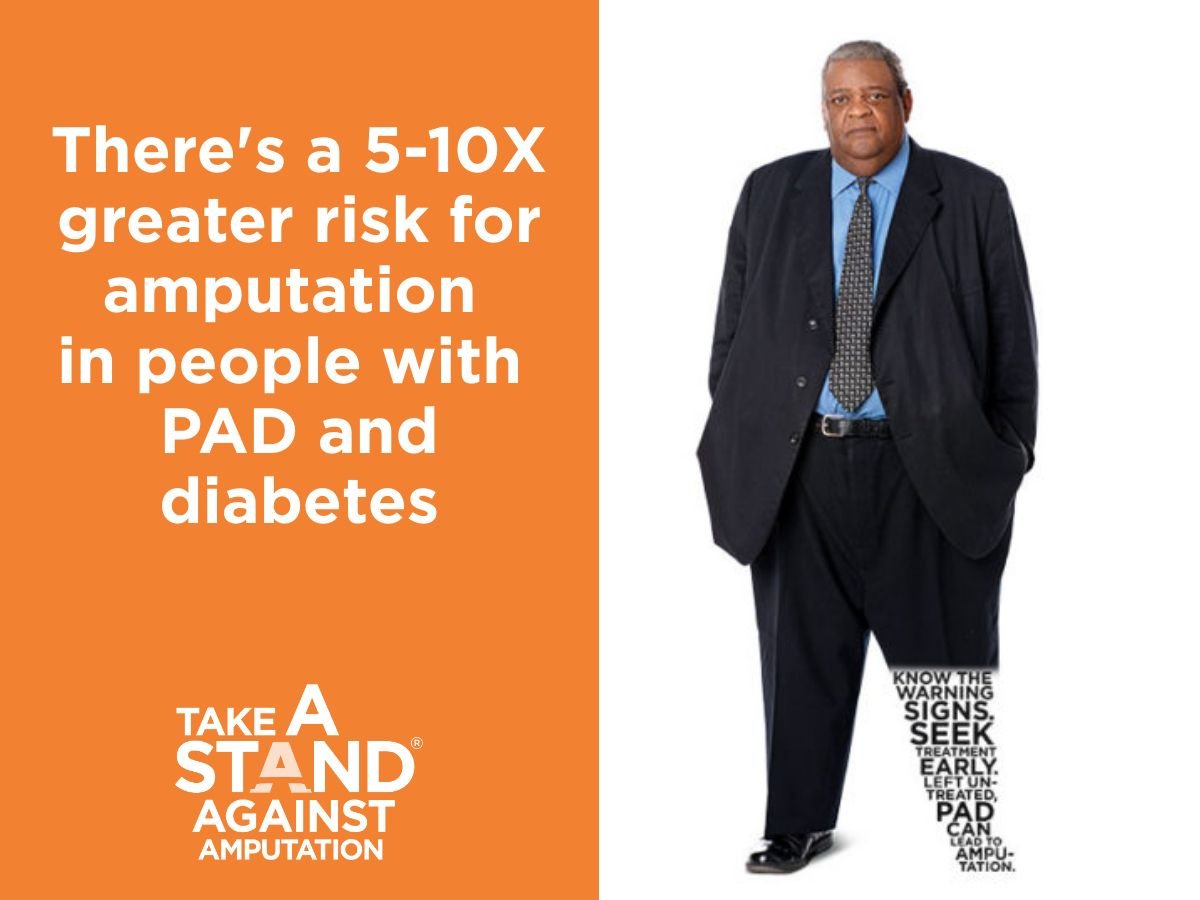Plaque in Your Arteries? Walk Until It Hurts…Then Keep Going
Plaque in your arteries, also called peripheral artery disease, is a life-long condition that affects up to 20 million Americans, yet 75% of people are not getting treatment.
It’s a disease that causes cramping, aching, and pain in the legs and/or feet when active.
However, there are ways to combat these symptoms, like adopting a walking program.
A new study in the Journal of the American Heart Association found promising results that support this:
The study included 264 people with PAD, and they were randomly assigned to one of three groups:
One group didn’t walk at all over the course of 12 months
Another group walked at a pace that caused leg pain
And the third group did not walk at all.
Participants had an average of 69-years-old. Over the course of the study, they uploaded data on exercise frequency, intensity, and other metrics that were obtained by a wearable device. Leg function tests were completed at the beginning of the study, at six months, and at the one year mark. These tests measured how quickly participants could walk at a regular pace compared to their max effort.
Related: For more information about PAD, visit our patient knowledge center
Results found that those who walked at a comfortable pace had no improvement in walking speed throughout the study compared to those who don’t walk. However, those who were apart of the group that walked to induce leg pain saw improvement. These participants were able to go 11 feet per minute faster at six months and 16 feet per minute faster at 12 months than those who walked at low intensity.
In sum, research has shown that walking helps improve circulation, which can be an issue for those with peripheral artery disease.
Not only does walking help bring new blood and oxygen to essential organs, but it also helps strengthen lower extremities. Many people with peripheral artery disease are at risk for injuries due to decreased blood flow, but walking helps to keep muscles in shape so they can better handle everyday activities. In fact, it may even reduce the amount of medication needed to maintain healthy blood pressure and cholesterol levels. Therefore, it’s important to adopt a walking program and to walk through the pain!
SOURCE: Journal of the American Heart Association, news release, July 27, 2022
Experiencing leg pain or cramping while walking? Make an appointment with us by clicking here


